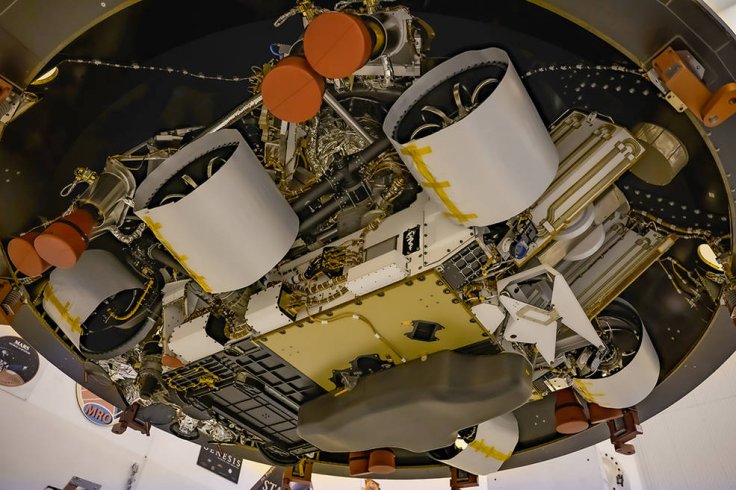In yet another first on its latest mission to Mars, NASA has successfully converted carbon dioxide from the Martian atmosphere into pure, breathable oxygen, the US space agency said on Wednesday. The milestone of extraction of oxygen out of thin air on Mars, was achieved Tuesday by the agency's experimental device aboard Perseverance, a six-wheeled science rover.
The Perseverance rover landed on Mars on February 18 after a seven-month journey from Earth. The task of extracting oxygen was accomplished by a toaster-size, experimental instrument aboard Perseverance called the Mars Oxygen In-Situ Resource Utilization Experiment (MOXIE).
Big Breakthrough

MOXIE in its first activation produced around 5 grams of oxygen, equivalent to roughly 10 minutes' worth of breathing for an astronaut, according to NASA. The output might look too meager but it definitely is a big achievement as this is the first time that any natural resource has been successfully extracted from the environment of another planet for direct use by humans.
"MOXIE isn't just the first instrument to produce oxygen on another world," Trudy Kortes, director of technology demonstrations within NASA's Space Technology Mission Directorate, said in a statement. Kortes also said that this is the first-of-its-kind technology to help future missions "live off the land" of another planet.
"While the technology demonstration is just getting started, it could pave the way for science fiction to become science fact – isolating and storing oxygen on Mars to help power rockets that could lift astronauts off the planet's surface. Such devices also might one day provide breathable air for astronauts themselves," NASA said in a statement on its website.

Extracting oxygen wasn't an easy task given that Mars' atmosphere primarily consist carbon dioxide. MOXIE works through electrolysis, which uses extreme heat to separate oxygen atoms from molecules of carbon dioxide, which accounts for about 95 percent of the atmosphere on Mars.
The remaining 5 percent of Mars' atmosphere, which is only about 1 percent as dense Earth's, is mainly made up of molecular nitrogen and argon. Oxygen has a negligible presence on the Red Planet.
What the Achievement Means

It has been long debated if life can exist on Mars but the simple answer is without oxygen it isn't possible. However, the successful extraction of oxygen once again raises hope that if in future oxygen can be extracted in abundance on Mars it can lead to eventual human exploration of the planet, both as a sustainable source of breathable air for astronauts and as a necessary ingredient for rocket fuel to fly them home.
The second task is even more difficult given that the amount of oxygen required to launch and fly back to Earth is huge. Astronauts living and working on Mars would require perhaps one metric ton of oxygen between them to last an entire year, according to MOXIE principal investigator Michael Hecht of Massachusetts Institute of Technology.
MOXIE is capable of producing up to 10 grams per hour as a proof of concept, and scientists plan to run the machine at least another nine times over the next two years under different conditions and speeds, NASA said in a statement.
In that case, transporting a one-ton oxygen-conversion machine to Mars like MOXIE is more practical than sending 25 tons of oxygen in tanks from Earth, Hecht said. Thus MOXIE's achievement definitely is a significant move in that direction.









